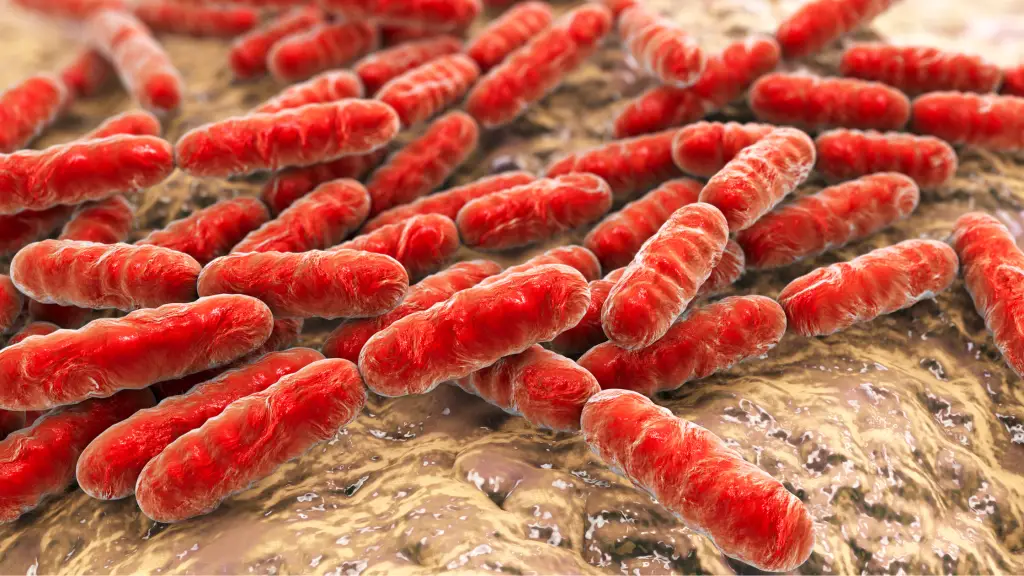Introduction:
Food preservation is crucial for maintaining the quality, safety and shelf life of food products. Traditional preservation methods often involve the use of chemical additives, which may raise concerns among consumers. Bacteriocins, natural antimicrobial peptides produced by bacteria, have emerged as a promising alternative for food preservation. This article explores the use of bacteriocins in food preservation, discussing their characteristics, modes of action, applications, and potential benefits.
Understanding bacteriocins:
Bacteriocins are small, proteinaceous compounds produced by bacteria as a defense mechanism against closely related strains or competing microorganisms. They exhibit antimicrobial activity against a wide range of pathogenic and spoilage-causing bacteria, making them valuable in food preservation. Bacteriocins are typically produced by lactic acid bacteria (LAB) and can be classified into various classes, including lantibiotics, pediocin-like bacteriocins, and small heat-stable bacteriocins.
Bacteriocins are naturally produced by a diverse range of bacteria, but they are commonly synthesized by lactic acid bacteria (LAB). LAB are a group of bacteria that are widely used in the production of fermented foods, such as yogurt, cheese, sauerkraut, and sourdough bread. The genera Lactobacillus (Figure 1), Lactococcus, Enterococcus, Streptococcus, and Pediococcus are examples of LAB known to produce bacteriocins.
Each bacterial strain within these genera may produce a specific type of bacteriocin, contributing to the vast diversity of bacteriocins identified to date. Some well-known bacteriocins produced by LAB include nisin, produced by Lactococcus lactis; pediocin, produced by Pediococcus species; and lacticin, produced by Lactococcus lactis and several other LAB species.
In addition to LAB, bacteriocins have also been identified in other bacterial groups, including Bacillus, Staphylococcus, Escherichia and Salmonella. These bacteriocins may have different characteristics and modes of action compared to those produced by LAB.

It is important to note that the production of bacteriocins can vary among bacterial strains within a species, and not all strains within a specific bacterial species produce bacteriocins. Furthermore, the diversity of bacteriocins and their producing bacteria is continually expanding as research uncovers novel strains and their antimicrobial peptides.
Modes of Action:
Bacteriocins exert their antimicrobial effects through various mechanisms. Some bacteriocins disrupt the integrity of target bacterial cell membranes, causing leakage of cellular contents and cell death. Others interfere with specific cellular processes, such as protein synthesis or cell wall synthesis, disrupting bacterial growth and survival. Bacteriocins can be bacteriostatic, inhibiting bacterial growth, or bactericidal, killing target bacteria.
Applications in Food Preservation:
- Extension of Shelf Life: Bacteriocins can effectively inhibit the growth of spoilage bacteria in food, extending its shelf life. They can be incorporated into various food products, including dairy products, meat, poultry, fish, and fermented foods, to prevent the proliferation of spoilage microorganisms.
- Control of Foodborne Pathogens: Bacteriocins have shown efficacy against numerous foodborne pathogens, including Listeria monocytogenes, Salmonella, Escherichia coli, and Staphylococcus aureus. Their targeted activity against specific pathogens makes them valuable in reducing the risk of foodborne illnesses.
- Replacement for Chemical Additives: Bacteriocins offer a natural and safer alternative to chemical preservatives commonly used in food products. Their use can address consumer concerns regarding synthetic additives while maintaining product safety and quality.
- Preservation of Ready-to-Eat Foods: Ready-to-eat foods are particularly susceptible to contamination by pathogenic bacteria. Bacteriocins can be used as protective agents to inhibit the growth of pathogens, ensuring the safety of these products.
- Biopreservation: Bacteriocins can be used in combination with other preservation techniques, such as refrigeration or modified atmosphere packaging, to enhance their effectiveness and provide synergistic preservation effects.
Production and Application Challenges:
Despite their immense potential, the widespread use of bacteriocins in food preservation faces certain challenges:
- Production Scalability: Industrial-scale production of bacteriocins can be complex and costly. Optimization of production processes, including fermentation conditions, purification techniques, and formulation strategies, is necessary to meet commercial demands.
- Safety Assessment: Before their application in food products, thorough safety assessments of bacteriocins must be conducted to ensure they do not pose any health risks to consumers. This includes assessing their allergenicity, potential for antibiotic resistance, and other toxicological aspects.
- Regulatory Considerations: Regulatory frameworks surrounding the use of bacteriocins in food differ across countries. Establishing clear regulations and guidelines is essential to facilitate the commercialization and global acceptance of bacteriocin-based food preservation methods.
Future Perspectives:
The use of bacteriocins in food preservation holds significant promise for improving food safety and quality. Ongoing research aims to overcome production challenges, explore novel bacteriocins with enhanced properties, and develop effective delivery systems for their application. Additionally, the combination of bacteriocins with other preservation methods, such as high-pressure processing or hurdle technology, may provide synergistic effects and further enhance food preservation.
Conclusion:
Bacteriocins offer a natural and sustainable approach to food preservation, harnessing the antimicrobial properties of bacteria to inhibit the growth of pathogens and spoilage microorganisms. Their targeted action, broad spectrum of activity, and potential for replacing chemical additives make them an attractive alternative for ensuring safer and longer-lasting foods. Overcoming production challenges, ensuring safety, and addressing regulatory considerations will pave the way for the wider adoption of bacteriocins in the food industry. With ongoing research and advancements, bacteriocin-based preservation methods have the potential to revolutionize food safety practices, benefitting both consumers and the food industry.

